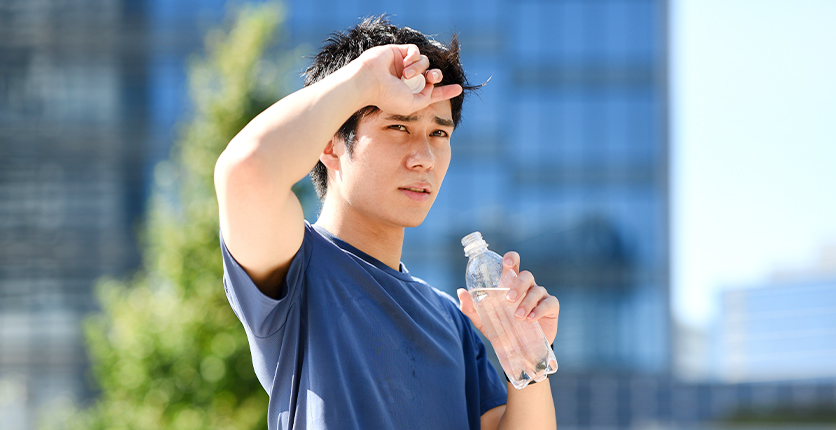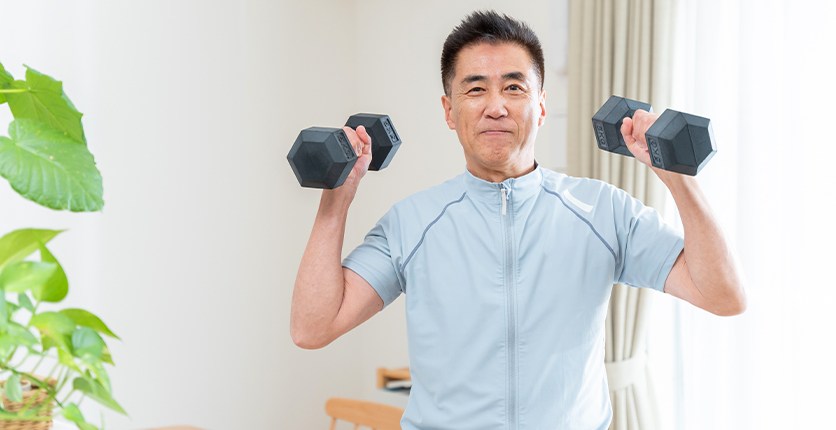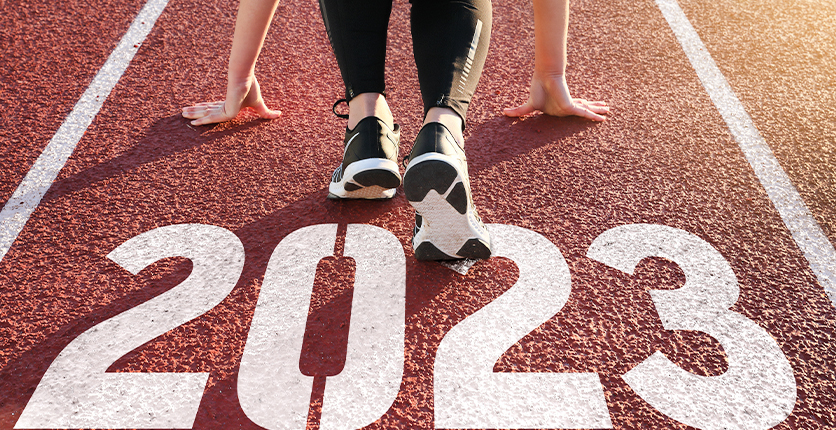With the mercury rising in much of Asia at the moment, it’s important to be aware of the health risks that hot temperatures can pose, especially when you’re exercising or playing sports outdoors in the sun.
The sun can be intense, and if you don’t take proper precautions, you may experience heat exhaustion and dehydration, expose your skin to sunburn, feel lightheaded and fatigued, and suffer from muscle cramps – problems that may affect your performance and even lead to other, more severe issues like heatstroke.
That’s not to say that you can’t exercise outside on hot, sunny days, but if you do, here’s what you need to be aware of to stay safe, says Mohamad Faaris Bin Mohamad Nazir, a gym trainer at EnergyOne gym.
Pick the right time to exercise
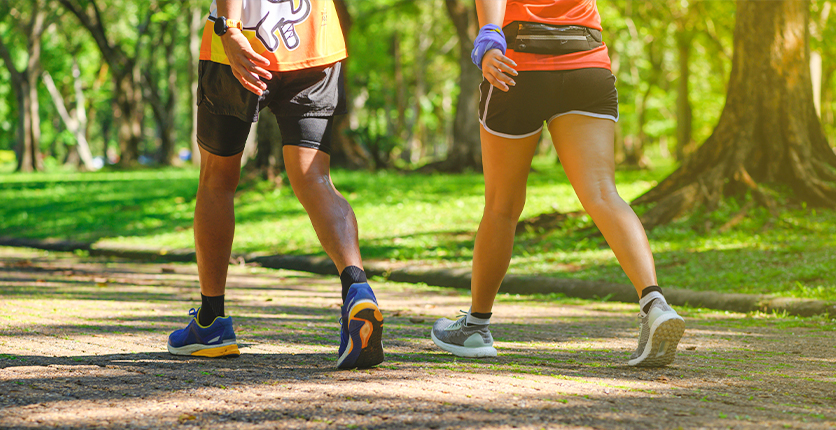
The safest and most comfortable time to exercise outdoors during the hot season is early in the morning or late in the evening, says Faaris. The hours between 10am and 4pm are the most dangerous, as this is when the sun’s heat is most intense and you’re at high risk of experiencing heat-related ailments.
Take these precautions in the heat
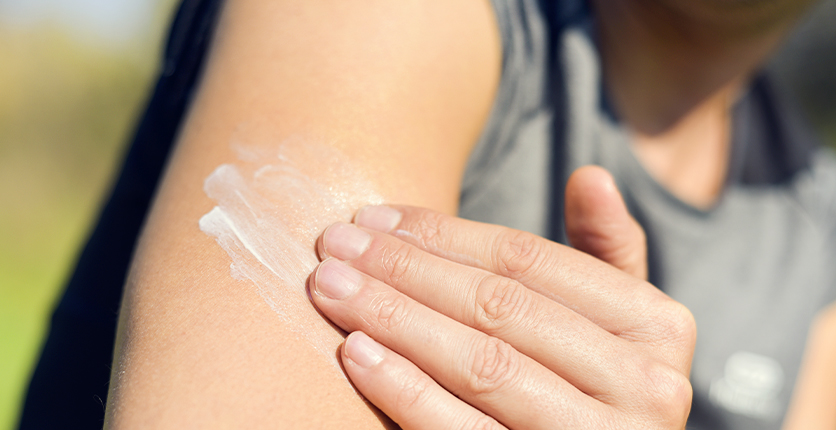
Whether you’re working out at the gym, at home or outside, Faaris recommends taking these precautions:
- Stay hydrated: Drink plenty of water before, during, and after your workout to compensate for fluid loss.
- Wear appropriate clothing: Choose lightweight, breathable, and light-coloured clothing to help reflect heat, keep your body cool, and facilitate the evaporation of sweat from your skin.
- Use sun protection: Use a high SPF sunscreen, and wear hats and sunglasses to shield yourself from harmful UV rays. Be sure to reapply the sunscreen at regular intervals, especially if you sweat profusely or are exercising in the water.
- Timing is everything: Plan your workouts for cooler parts of the day, such as at dawn or at dusk.
- Take breaks: Monitor your body’s response to the heat and take breaks as needed. Reduce the intensity of your workout if you experience any discomfort or symptoms of overheating.
- Try to acclimatise: Gradually increase your exposure to heat to build tolerance, particularly if you are unaccustomed to hot environments.
Rehydrate with the right drinks
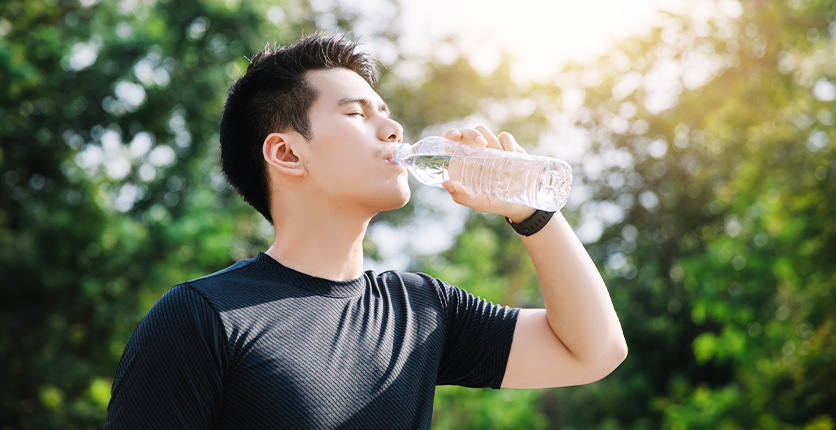
If you’re only exercising for about an hour, then plain water should be enough to replace lost fluids and prevent dehydration.
However, if your workout sessions are longer or more intense, if the day is especially hot and you’re exercising outdoors or in the sun, sip on sports drinks.
“These not only replenish lost fluids; they also replace essential electrolytes lost through sweat,” Faaris adds.
Be mindful of how you exercise
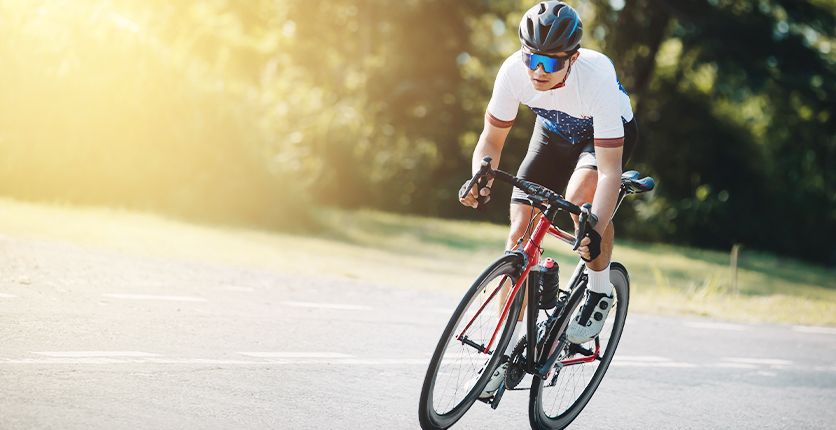
Faaris says to be aware of how certain workouts and activities can affect you if they’re carried out during intensely hot weather:
High-intensity exercises: Activities like sprinting or HIIT increase heat production and can quickly lead to overheating.
Endurance sports: Long-distance running or cycling in the heat amplifies the risk of dehydration and heat-related illnesses. Modify the intensity or duration of these activities accordingly.
Outdoor team sports: Sports like football or basketball increase exposure to heat, so try to schedule them at cooler times of the day or remember to take frequent hydration breaks.
Heavy weightlifting: This can cause significant sweating and should be moderated during hot periods to prevent dehydration.
Listen to your body for signs of heat exhaustion

“Exercising in extreme heat or under the hot sun can cause excessive sweating,” says Faaris.
“The high temperatures can quickly lead to significant fluid loss, increasing the risk of dehydration unless fluids are adequately replenished.
“Additionally, when the heat overwhelms your body’s cooling mechanisms, it can cause fatigue, dizziness, nausea and severe headaches, signalling heat exhaustion.”
In extreme cases, heatstroke may occur – this is when your body’s temperature regulation fails, causing your body temperature to rise to a dangerous level. Heatstroke is a medical emergency that can be fatal if not promptly addressed.
If you start to feel uncomfortable, weak, dizzy, nauseated or breathless, or experience muscle cramping while exercising, Faaris says to:
- Stop what you’re doing and move to a shaded or cooler area immediately.
- Rehydrate with water or electrolyte-rich sports drinks.
- Cool your body with water or damp towels, especially around the neck, armpits and groin.
- Rest and seek medical attention if symptoms like disorientation, rapid heartbeat or fainting occur, as these may indicate heatstroke.
Take special care if you have a heart condition or other health issues
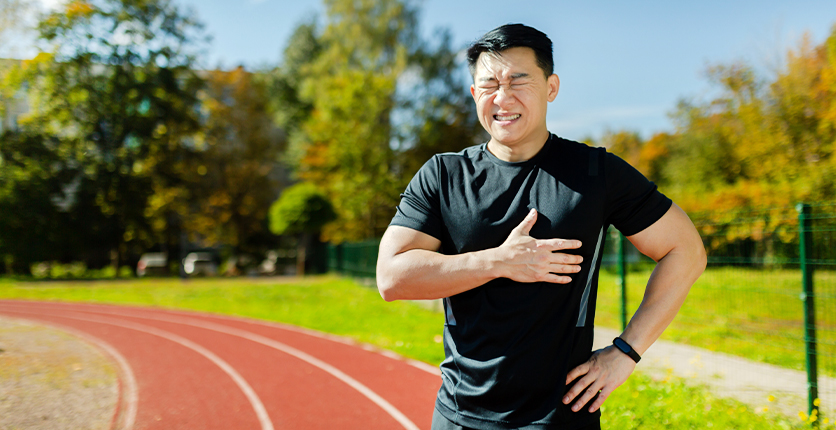
If you have a cardiovascular condition, Faaris says to exercise with caution as heat places extra stress on the heart.
“Consult your healthcare provider before starting any exercise in hot conditions,” he adds.
“Remember, too, that medications for heart conditions can alter the body’s heat response, necessitating additional precautions.”
Want more articles like this, and other lifestyle content right in your inbox? Download the new SAFRA mobile app and opt in for the eNSman Newsletter – you don’t need to be a SAFRA member to subscribe – and never miss another story!
